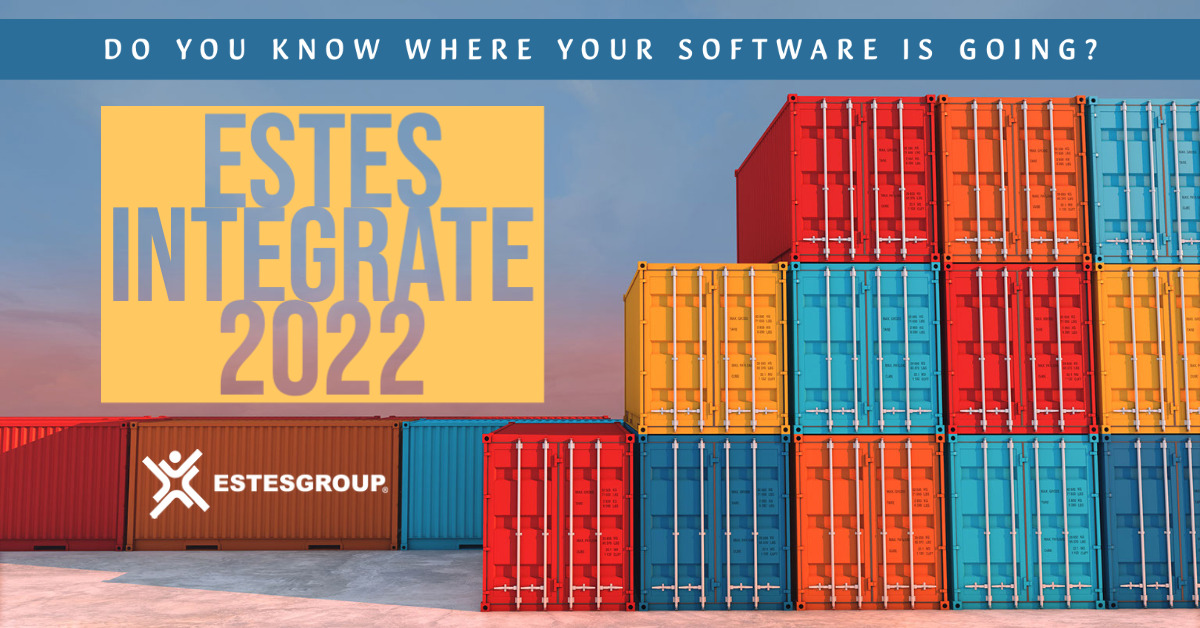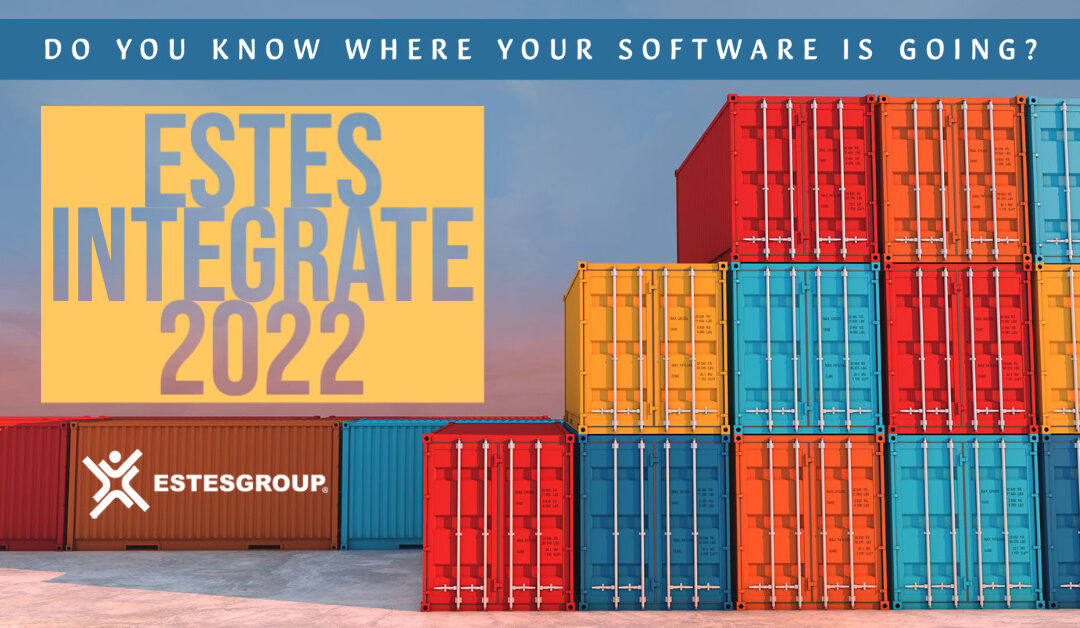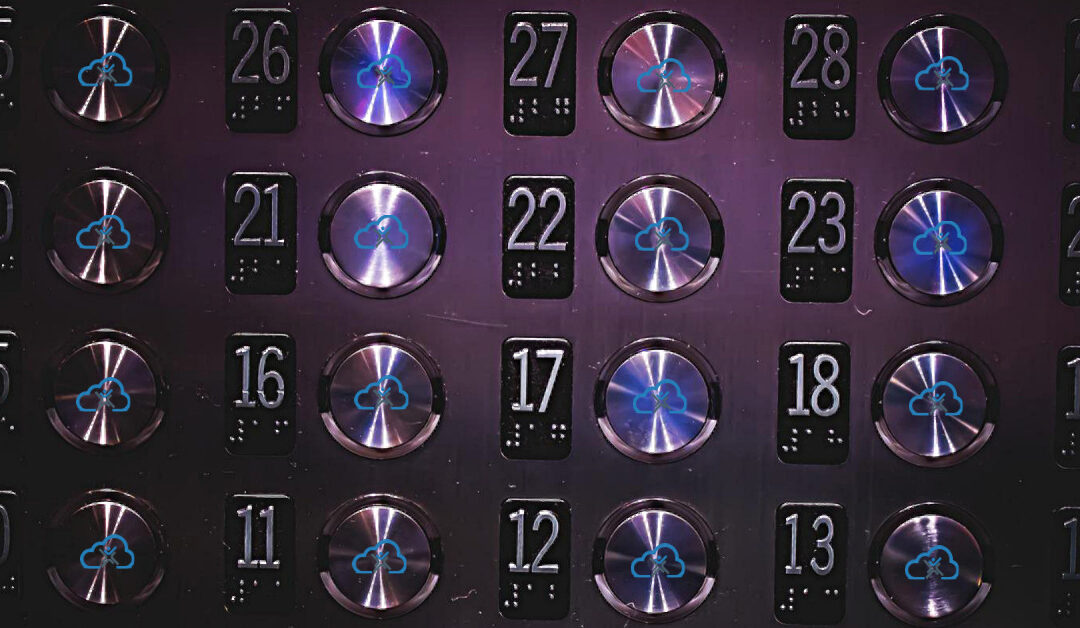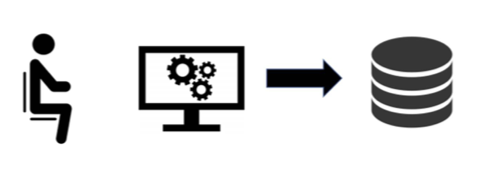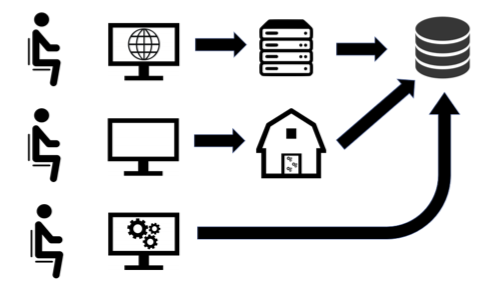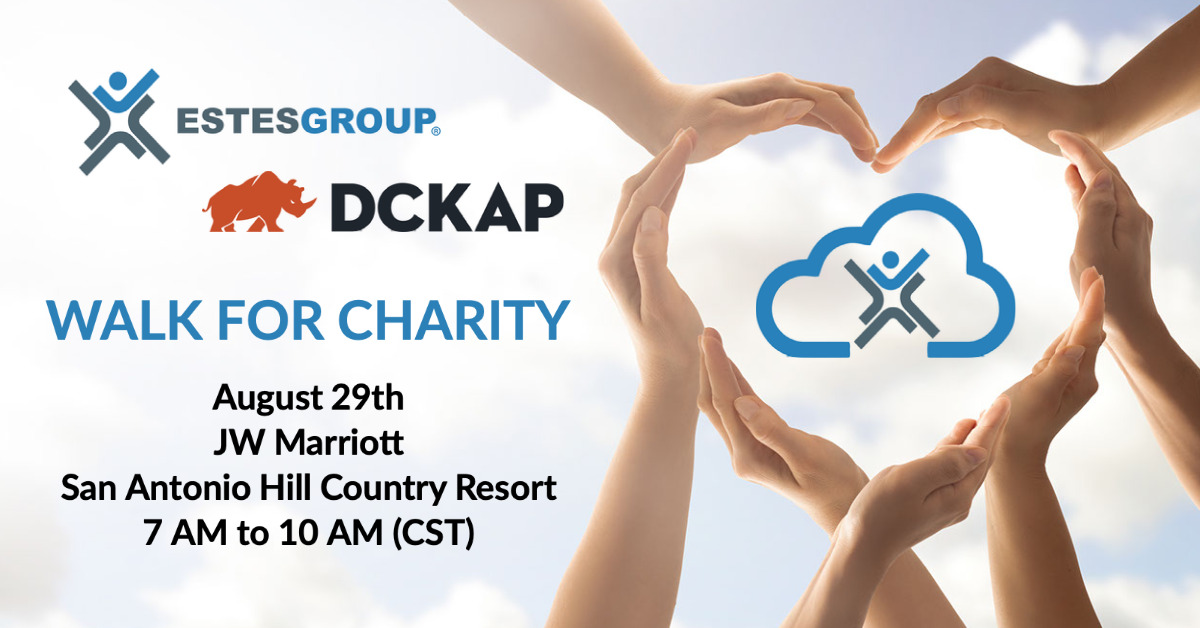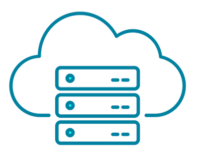
The Distributor’s Guide To Breaking Operational Silos

DCKAP WEBINAR: The Distributor’s Guide To Breaking Operational Silos
WHEN: November 30th at 10AM to 11AM (Eastern)
WHERE: @ ESTES INTEGRATE 2022 – an Epicor Prophet 21 community event
WHY: The DCKAP Integrator is the ultimate solution for problems that result in digital silos
DCKAP Integrator is the Remedy for “Digital Silos”
“Silos have been around for some time. If you are like me, when you think of silos you probably farming silo or a missile silo. Our silos are a little different nowadays, we call them, “Department Silos”. Silos are defined as a metaphor for separate entities that stockpile information and effectively seal it in. In the digital architecture of your company, there are silos they are called, “Digital Silos” and the remedy for that is the DCKAP Integrator. Either Department or Digital, knowing how to address the issues is half of the battle.” – Aaron Pallares

Aaron Pallares is a Solutions Engineer at DCKAP. He is always looking into the digital fabric of practices and models to better understand the psychology of the digital arts, its security, and forward trends. He is a forever student of the digital arts and when he is not working, he is watching movies or reading some books.

Aaron Pallares, Solutions Engineer at DCKAP
